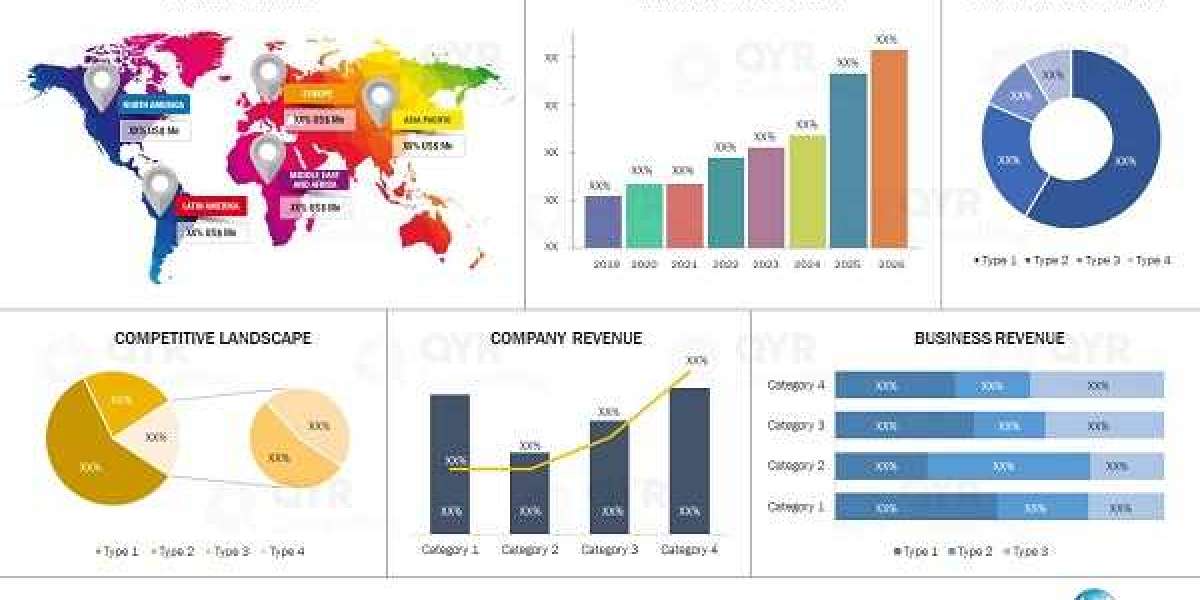Introduction
In today's rapidly evolving industrial landscape, the emphasis on sustainability and environmental responsibility has never been greater. Industries worldwide are seeking innovative solutions to reduce their carbon footprints while maintaining operational efficiency. At the forefront of this green revolution are energy-efficient heat exchangers. As a leading heat exchanger manufacturer, TMVT is committed to delivering cutting-edge solutions that not only optimize energy use but also contribute significantly to environmental conservation.
Understanding Heat Exchangers
Heat exchangers are devices designed to transfer heat between two or more fluids without mixing them. They are integral components in various industrial processes, including power generation, chemical processing, HVAC systems, and more. By facilitating efficient heat transfer, these devices help in conserving energy, reducing operational costs, and minimizing environmental impact.
The Environmental Impact of Traditional Heat Exchange Systems
Traditional heat exchange systems, while effective, often fall short in terms of energy efficiency. Inefficient designs can lead to significant energy losses, increased fuel consumption, and higher greenhouse gas emissions. For instance, the U.S. Department of Energy estimates that between 20% to 50% of industrial energy input is lost as waste heat. This not only escalates operational costs but also contributes to environmental degradation.
Advancements in Energy-Efficient Heat Exchanger Designs
Modern heat exchangers have undergone significant advancements to enhance energy efficiency and reduce carbon emissions. Key innovations include:
- Advanced Materials: Utilization of materials like stainless steel, titanium, and specialized alloys enhances durability and heat transfer efficiency
- Compact and Lightweight Designs: Modern designs focus on reducing size and weight without compromising performance, leading to lower energy consumption
- Smart Technology Integration: Incorporation of IoT-enabled sensors allows real-time monitoring, predictive maintenance, and optimization of performance, thereby reducing energy wastage
Waste Heat Recovery: Turning Waste into Wealth
One of the most effective ways energy-efficient heat exchangers reduce carbon footprints is through waste heat recovery. Industries often release a significant amount of heat as a byproduct, which, if harnessed, can be reused in various processes. For example, waste heat from an engine cooling system can preheat incoming air, reducing the energy needed for combustion. This not only conserves energy but also reduces reliance on fossil fuels.
TMVT's Commitment to Sustainable Heat Exchange Solutions
TMVT, a renowned heat exchanger manufacturer, offers a range of shell and tube heat exchangers designed for optimal energy efficiency. Their products cater to various applications, including air cooling, intercooling, and aftercooling, with air flow capacities ranging from 480 to 15,000 m³/hr . By customizing solutions based on specific requirements, TMVT ensures maximum efficiency and minimal environmental impact.
Real-World Applications and Benefits
Energy-efficient heat exchangers find applications across diverse industries:
- HVAC Systems: Modern heat pumps, which are four times more efficient than traditional boilers, save up to 29 TWh of electricity annually, reducing carbon emissions by 6.6 million tonnes.
- Data Centers: Implementing plate heat exchangers for free cooling can save 30 TWh in electrical power, equivalent to the annual electricity consumption of New Zealand, and reduce CO₂ emissions by 7 million tonnes.
- Petrochemical Industry: Switching to efficient plate heat exchangers can reduce energy consumption by 132 TWh annually, eliminating 28 million tonnes of CO₂ emissions.
The Role of Predictive Maintenance
Maintaining heat exchangers in optimal condition is crucial for sustained energy efficiency. Predictive maintenance, enabled by smart sensors and real-time data analytics, allows for timely interventions, preventing energy losses and prolonging equipment lifespan. This proactive approach ensures consistent performance and contributes to environmental sustainability.
Future Outlook: Embracing Sustainable Practices
As industries continue to prioritize sustainability, the adoption of energy-efficient heat exchangers is expected to rise. Manufacturers like TMVT are at the forefront, driving innovation and offering solutions that align with global environmental goals. By investing in advanced heat exchange technologies, industries can achieve significant energy savings, reduce carbon emissions, and contribute to a greener future.
Conclusion
Energy-efficient heat exchangers are more than just components in industrial systems; they are catalysts for sustainable change. By optimizing energy use, reducing waste, and minimizing carbon footprints, these devices play a pivotal role in promoting environmental responsibility. Manufacturers like TMVT exemplify the commitment to innovation and sustainability, offering solutions that meet the evolving needs of industries while safeguarding our planet.











